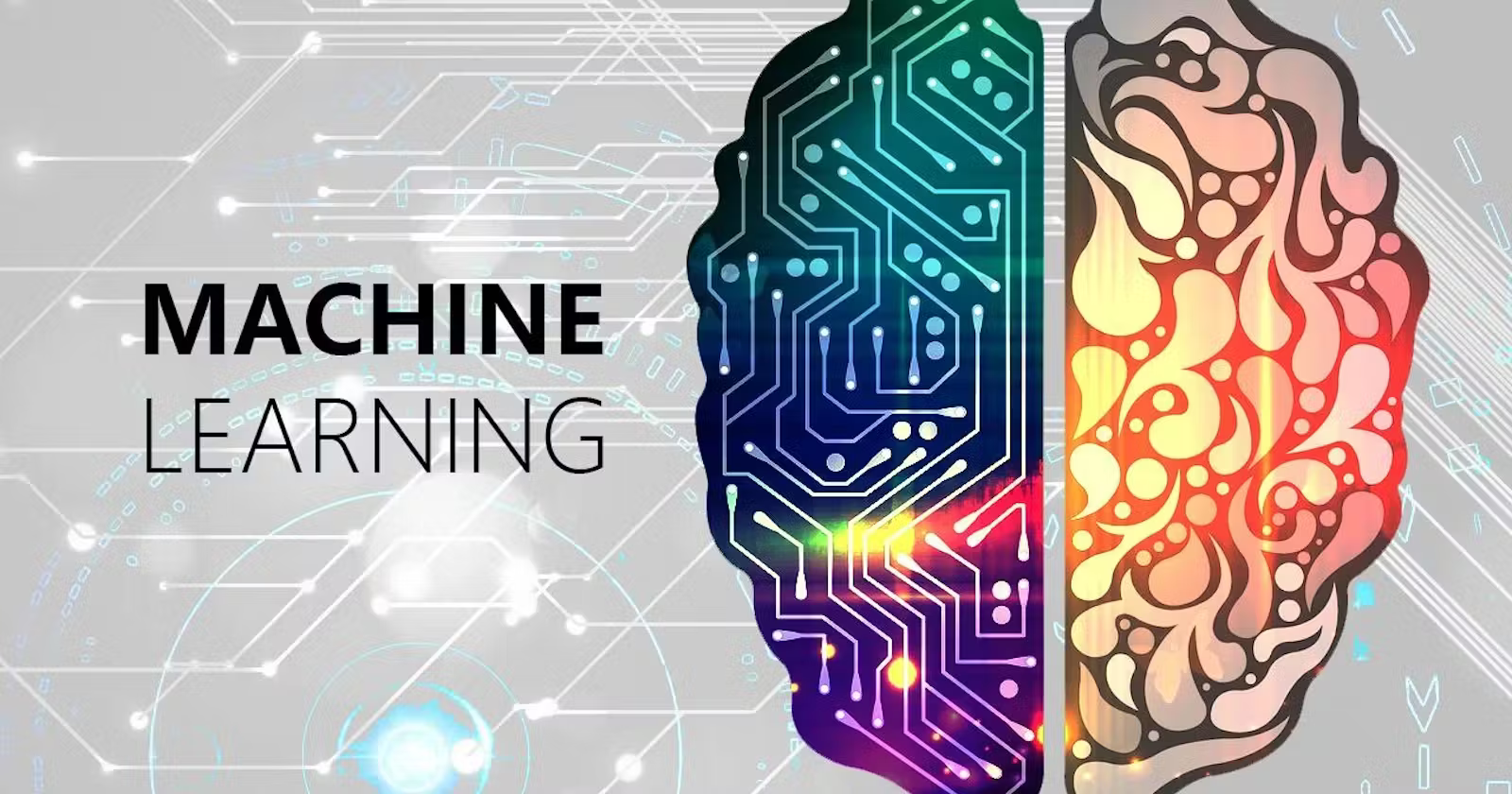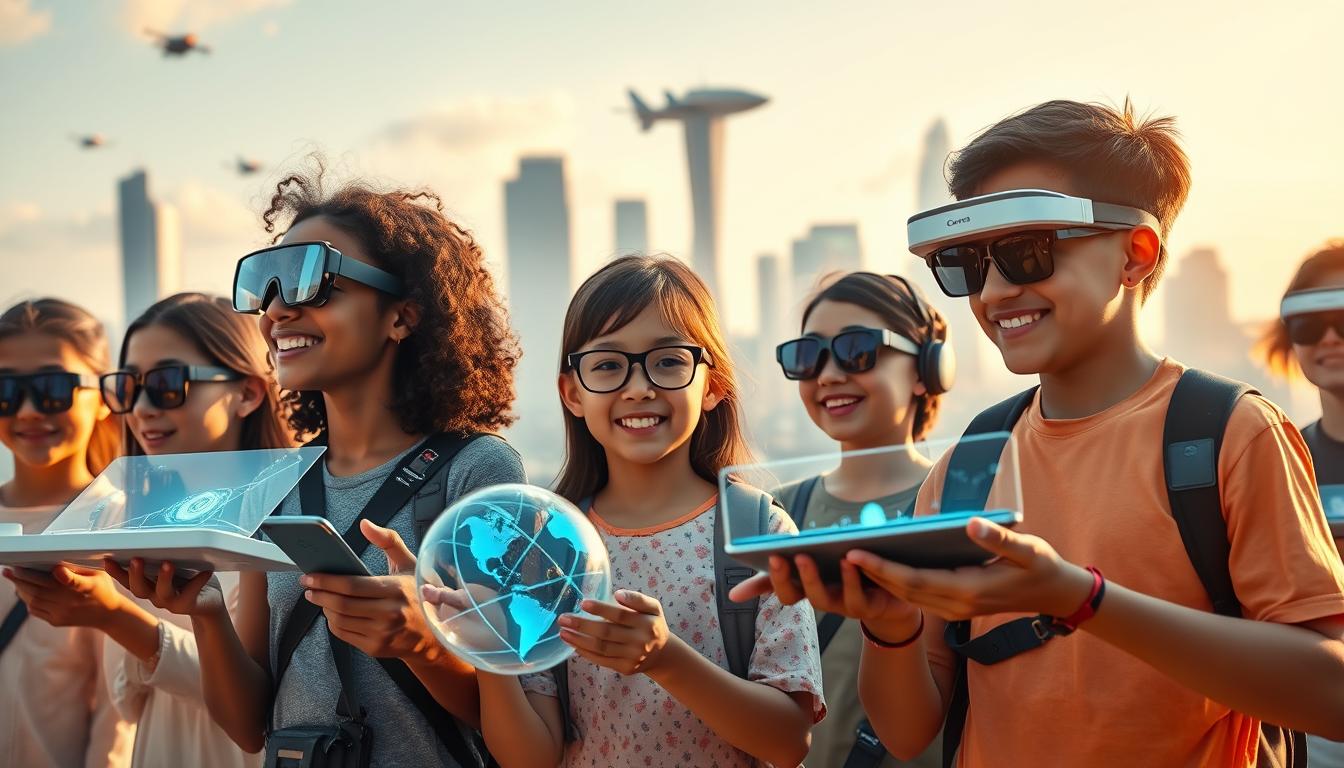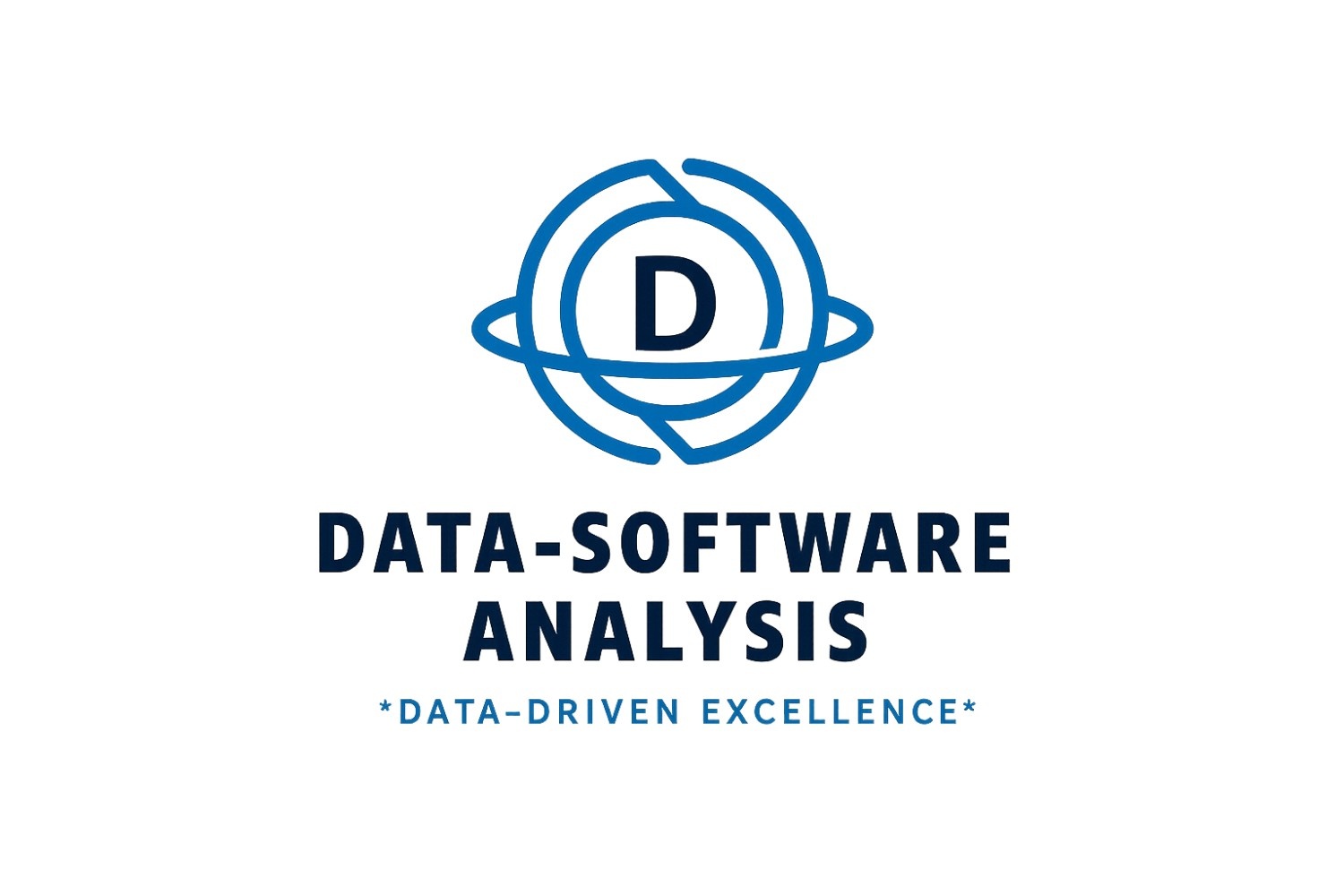
"Revolutionizing Robotics and Computer Interaction: The Power of AI Voice Technology"
In the ever-evolving landscape of technology, artificial intelligence (AI) stands out as a catalyst for innovation. Its integration into robotics and computer systems has brought about groundbreaking advancements, particularly in the realm of voice-operated interfaces. This article explores the transformative impact of AI voice technology on robotics and computer interaction, ushering in a new era of seamless human-machine communication.
The Rise of AI in Robotics:
Robots have long been a symbol of futuristic possibilities, but their integration into everyday life has been limited by the complexity of human-machine interaction. Traditional input methods such as keyboards and touchscreens are often cumbersome and unintuitive, restricting the accessibility of robots to a broader audience.
AI voice technology addresses this challenge by enabling robots to understand and respond to natural language commands. By leveraging sophisticated algorithms and machine learning techniques, these systems can interpret spoken words, extract meaning, and execute corresponding actions. This capability revolutionizes the way humans interact with robots, making communication more intuitive and efficient.
In various industries, from manufacturing and healthcare to hospitality and consumer electronics, AI-powered robots are increasingly being deployed to perform a wide range of tasks. Whether it's assisting in surgeries, navigating warehouse shelves, or providing customer service, these robots can seamlessly integrate into diverse environments, enhancing productivity and efficiency.
Transforming Computer Interaction:
Beyond robotics, AI voice technology is also reshaping the way we interact with computers. Voice-operated interfaces, such as virtual assistants and voice-controlled applications, have become ubiquitous in modern computing devices. Whether it's asking a smart speaker to play music, dictating a message on a smartphone, or controlling smart home devices, users now rely on voice commands to perform tasks quickly and effortlessly.
The key to the effectiveness of AI voice technology lies in its ability to understand context, learn from user interactions, and adapt to individual preferences. Advanced natural language processing (NLP) algorithms enable computers to comprehend spoken commands accurately, even amidst background noise or dialectal variations. Additionally, machine learning algorithms continually refine the system's language understanding capabilities, ensuring greater accuracy and responsiveness over time.
Advancements and Challenges:
While AI voice technology has made significant strides, challenges remain in achieving seamless human-machine communication. One key area of focus is improving the robustness and reliability of voice recognition systems, particularly in noisy or complex environments. Additionally, ensuring privacy and security in voice-operated systems is paramount, requiring robust measures to safeguard sensitive information.
Moreover, as AI voice technology becomes more pervasive, ethical considerations surrounding its use come to the forefront. Issues such as bias in language processing algorithms, data privacy concerns, and the potential for misuse underscore the importance of responsible development and deployment practices.
The Future of Human-Machine Interaction:
Looking ahead, the integration of AI voice technology into robotics and computer systems holds immense promise for the future of human-machine interaction. As AI algorithms become more sophisticated and adaptable, we can expect to see even greater levels of personalization and customization in voice-operated interfaces. From tailored recommendations to anticipatory actions, these systems will continue to evolve, seamlessly integrating into our daily lives.
Furthermore, advancements in multimodal interfaces, combining voice, gesture, and touch inputs, will further enhance the versatility and intuitiveness of human-machine interaction. By leveraging AI's capabilities to understand and respond to various forms of communication, computers and robots will become more intuitive and responsive partners in our endeavors.
AI voice technology represents a transformative force in robotics and computer interaction, enabling more natural and efficient communication between humans and machines. As technology continues to advance, embracing the potential of AI-driven voice interfaces will unlock new possibilities, shaping a future where seamless human-machine collaboration is the norm.
Er. Rushikesh Kekane
Founder & CEO
"DATA-SOFTWARE ANALYSIS"








